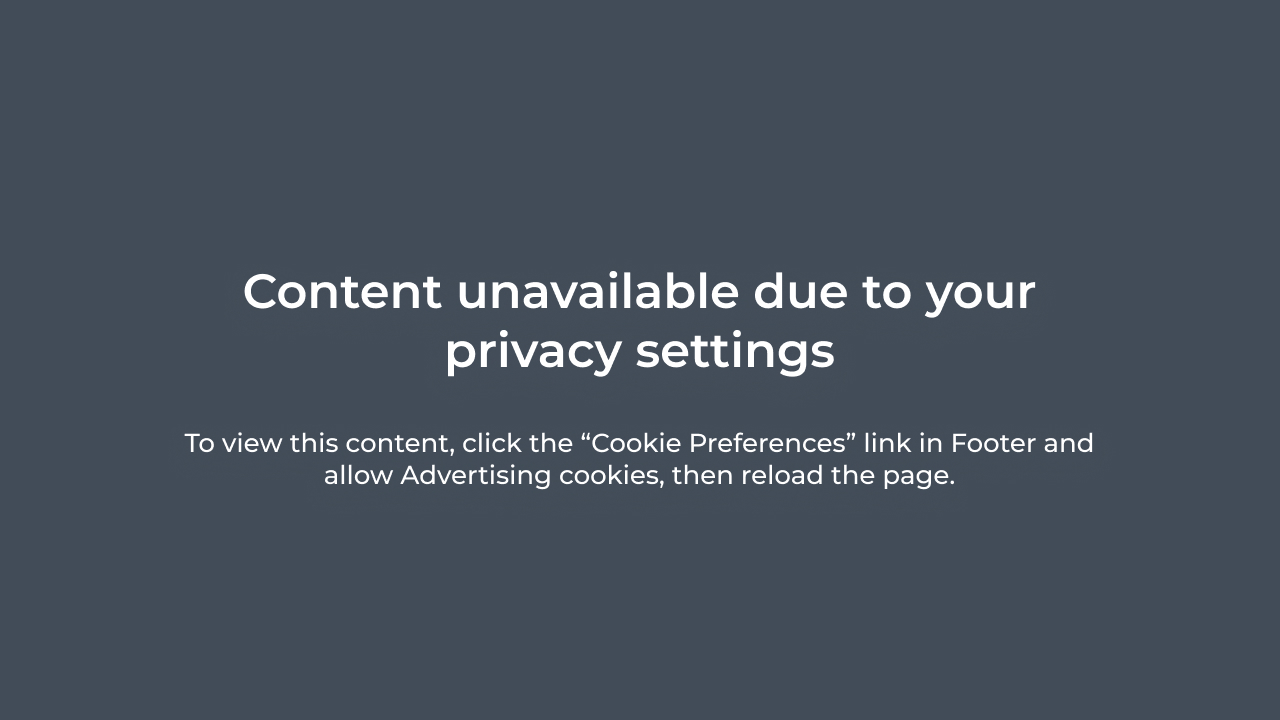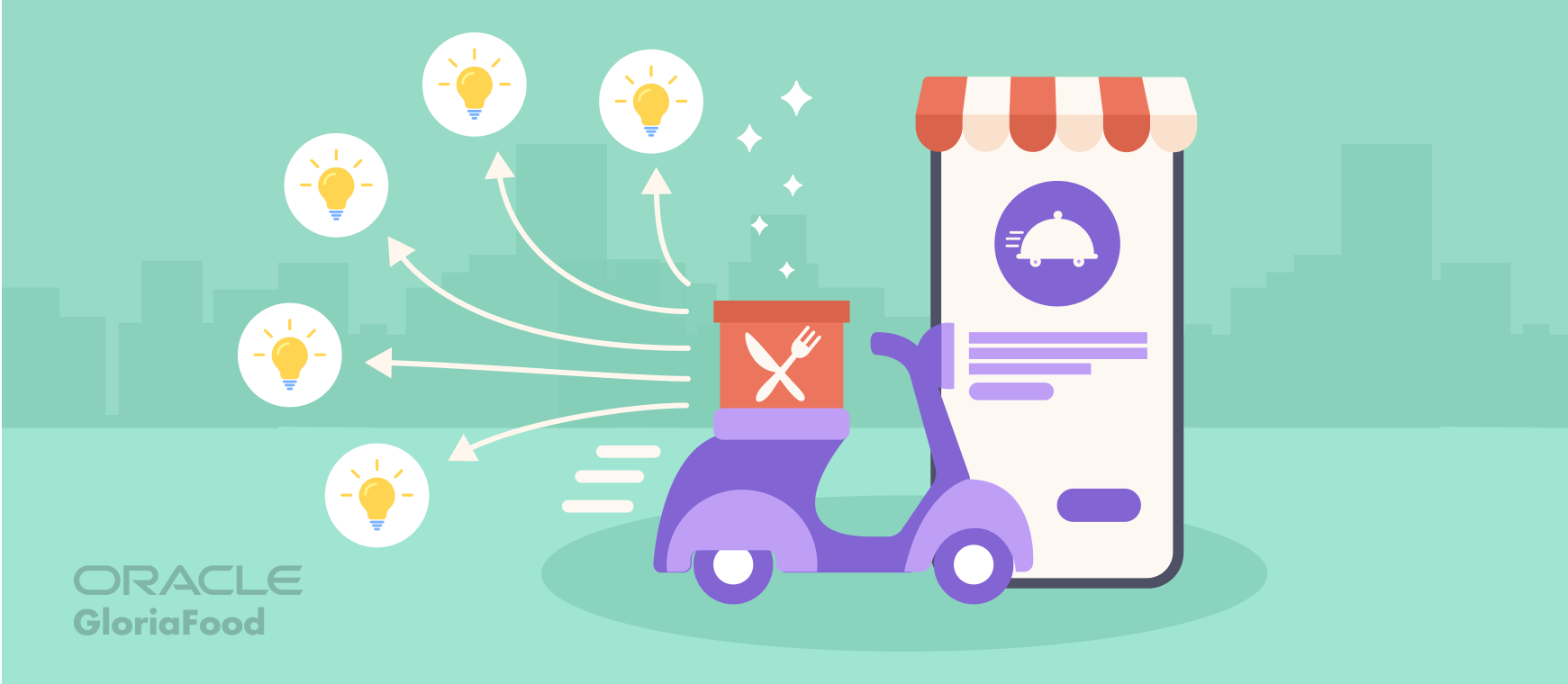The number of food delivery businesses nearly doubled in 2020 due to high demand. While we’re moving past the pressing need for delivery, that doesn’t mean the market is showing signs of slowing down. In fact, the food delivery industry is expected to grow to $320 billion by 2029.
If you’re already providing takeaway, you have a leg up on the competition. After all, you probably already have a website and a customer base that’s overjoyed at the thought of ordering delivery from your restaurant.
With that said, your customers won’t appreciate slow delivery drivers or limited access to your menu. So if you want to learn how to start a food delivery service from your restaurant, you must do it right.
How to Start a Food Delivery Service: 5 Questions to Ask Before
In-house deliveries are a worthwhile investment, but you need to take care of the logistics required to support this change. Here’s what you need to consider before adding delivery.
1. What Food Delivery Business Model Will You Use?
There’s more than one way to build a food delivery service. As a restaurant owner, it’s a good idea to have an overview of them, so you’re aware of the options.
Here are the three main food delivery service models available:
- The full-stack model includes businesses that do everything in-house, like hiring delivery drivers, cooking the food, and building a delivery app. When building a delivery app, businesses may consider getting started with Kubernetes to efficiently manage and scale their application infrastructure.
- The platform-to-consumer model connects end consumers to multiple different restaurants. Platforms like Uber Eats or SkipThe Dishes are popular examples of this business model. However, these companies usually take a large percentage of each order.
- The restaurant-to-consumer model includes restaurants that began by serving food on location but eventually added a delivery function. Restaurants will use their own app to accept orders and have complete control over the delivery process.
The restaurant-to-consumer model is the obvious best choice for a restaurant that wants to expand its business without breaking the bank.
2. Will You Purchase Vehicles for Staff to Drive?
Hiring your own delivery staff sounds expensive, but it’s the cheapest option when considering the alternative. If you’re worried about the cost of insurance or sky-high interest rates, don’t be. This list of best car loan options can give you an idea of how little you’ll pay.
But gathering a fleet of drivers can still sound expensive, especially in an industry with thin profit margins. You might wonder, “Why should I get my own drivers when partnering with a third party is easier?”
Well, according to studies, third-party delivery apps can take up to 40% commission just for fulfilling deliveries. That means a business pulling in $6,000 in deliveries per month only gets to keep $3,600, resulting in a net loss of $43,200 a year. In the end, it’s cheaper to hire your own drivers.
But if you don’t want to use your own cars, you can ask your delivery drivers to use theirs.
To set up delivery zones using our online ordering system follow the below in-depth video tutorial.

3. Do You Have Enough Staff to Start Making Deliveries?
In the past, your customers had to get ready, drive to your restaurant, and spend an hour ordering, waiting, and eating their food.
But with a delivery driver, many more people can access your restaurant. That means that people who otherwise wouldn’t have ordered are now ordering.
You should consider how a sudden influx of orders will affect your staff or if you have enough people to work the line. If you’re a popular spot, you may have to keep more than one delivery driver on hand during rush hour. Speaking of which, have you hired enough delivery drivers?
It’s okay to use your existing team, but they may not be able to handle the workload. If you know other restaurateurs, ask them for recommendations. Or, you could create a driver co-op by partnering with other restaurants, but preferably restaurants that cater to a different audience.
No matter your decisions, you should always do your due diligence. All delivery drivers should have a clean driving record, a valid driver’s license, and exceptional customer service skills.
Read more: How to Improve Delivery Efficiency at Your Restaurant
4. Do You Have the Right Delivery Equipment?
Besides a car and enough staff to support the number of deliveries you plan to make, you also have to invest in equipment. This ranges from software technology to physical items. A personal loan can be an option to explore if you’re tight on capital. Using a personal loan calculator will help you determine the best option to choose for your needs.
Here are a few examples of delivery technology and items your restaurant needs:
- An online ordering system that won’t break the bank
- A restaurant website that includes your complete delivery menu and an order button
- A way to integrate your app and website into your POS
- Insulated takeout containers and paper bags (of multiple sizes and shapes)
- Takeout cutlery, which includes forks, spoons, knives, and straws
- Specialty takeout containers for specific items (i.e., pizza boxes)
- Flyers promoting your delivery service and featuring exclusive coupon codes
Watch the video below to learn how to create discount coupon codes for your restaurant and include them on takeaway flyers.

Remember that your online platform and website must be secure enough to process orders safely. If you use the wrong one, you could open your customers up to identity fraud.
You should also consider the user interface. Only the best ordering platforms will streamline and speed up deliveries.
5. Are Your Staff Trained to Manage Deliveries?
If your delivery staff works front-of-house, then you likely trust their customer service skills. If they’re back-of-house, consider running through a few customer scenarios to see how they’d manage each situation. Alternatively, you could hire new people and train them instead.
Training your drivers in delivery logistics and customer service is vital. To ensure they follow protocol, create a delivery process and teach your drivers how to follow it. You should also make a system for optimizing routes and communicating pickups and deliveries.
If your state still follows COVID-19 safety protocols or you want to keep contactless delivery as an option, teach your staff how to perform them. This will keep your loyal customers safe.
Read more: How to Improve Your Food Delivery Service in 2022
Conclusion
Remember that a personalized food delivery service will separate your restaurant from the competition. You get complete control over the deliveries, and you get to hire people you trust.
With a third-party company, there are no guarantees that the deliveries will be handled the way you want them to, and your restaurant’s reputation is on the line.
Learning how to start a food delivery service on your own might sound daunting, but it can be made easy by the right tools and staff.
This article is a guest post.
